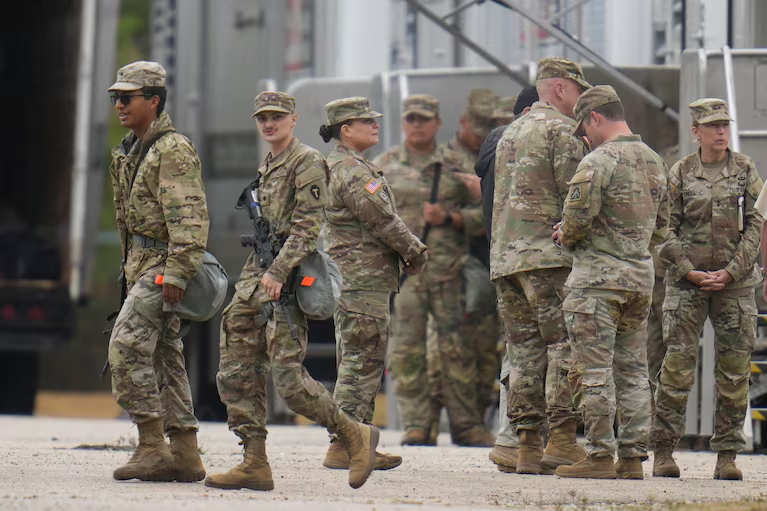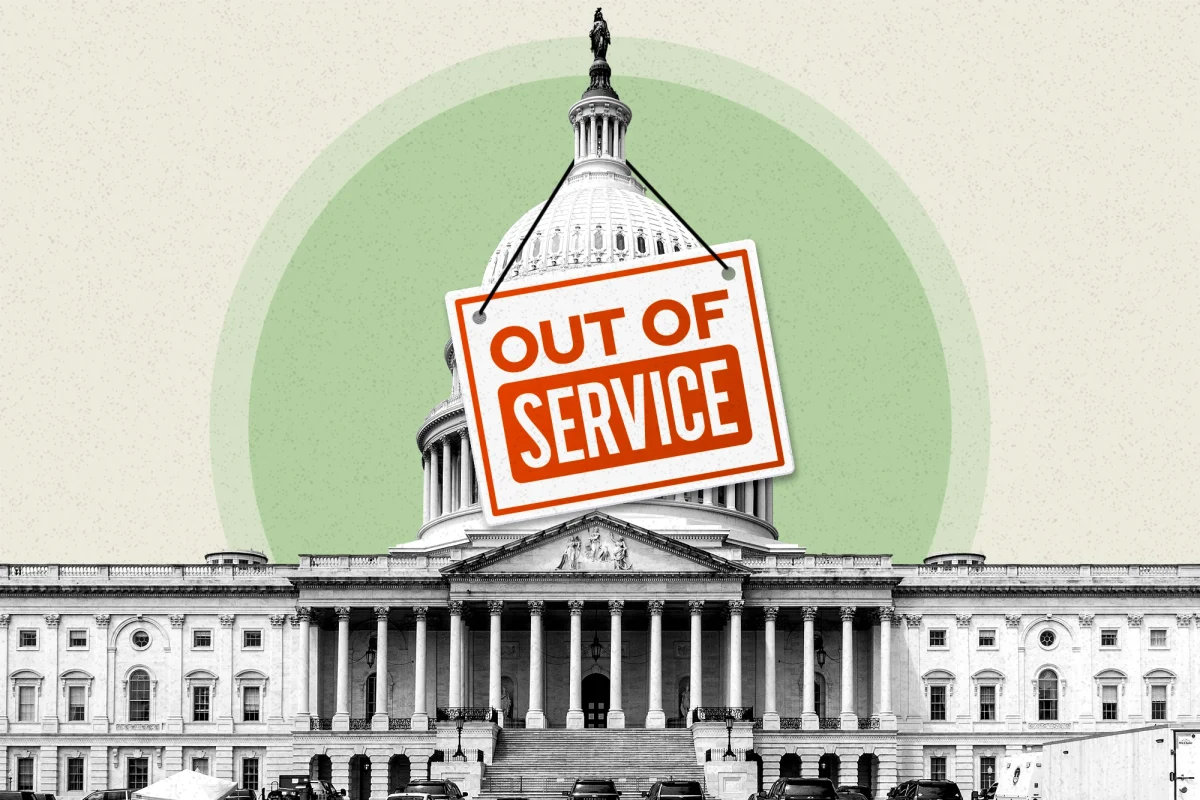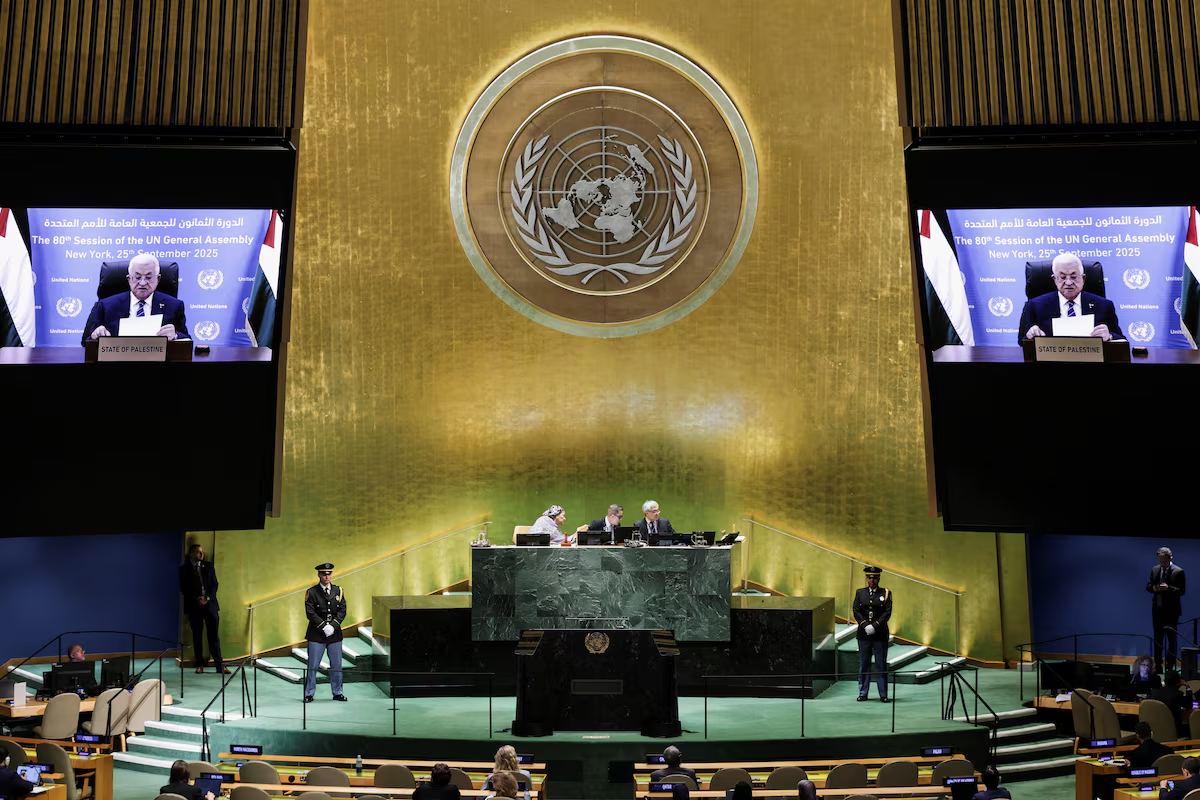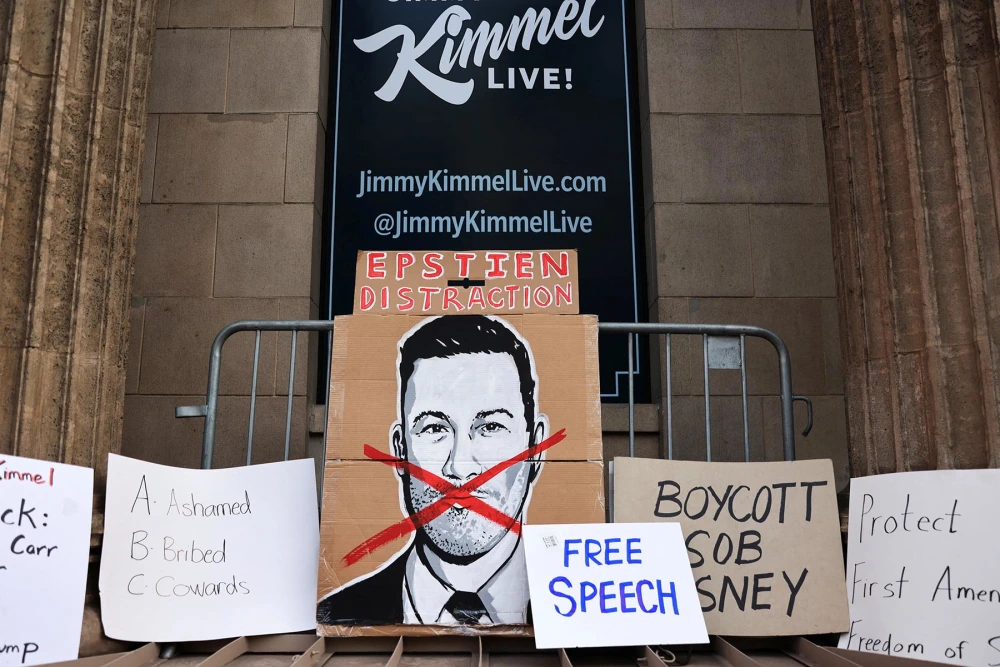On Oct. 12, the U.S. Court of Appeals for the Seventh Circuit — located in Chicago, Illinois — ruled that the Trump Administration is legally allowed to keep National Guard members in the state. However, they are not permitted to be deployed, as for now.
“We think that we have the authority to provide proper safety to our citizens all over the United States, but particularly in Chicago,” Vice President J.D. Vance said while speaking on ABC’s This Week with George Stephanopoulos on Oct 12.
Chicago is just one of the many cities that are currently facing threats from the Trump administration regarding the further presence of Immigration and Customs Enforcement (ICE).
Since taking office earlier this year, President Donald Trump has vowed to, “prioritize the safety, security and financial and economic well-being of Americans,” thus by enacting the Immigration and Nationality ACT (INA).
INA allows ICE officers Enforcement and Removal Operations (ERO) to delegate to state and local authorities as a way to arrest and remove those the enforcement identifies as “criminal aliens.”
Many state governments and mayors have detested the presence of ICE within their local premises.
On August 30, Chicago Mayor Brandon Johnson signed Executive Order 2025-6 set to establish the Protecting Chicago Initiative.
The goal of the executive order is to help ensure that every resident in Chicago has available resources to ensure their legal rights and safety within the city.
“Chicago will oppose efforts by the U.S. military, National Guard or federal immigration agents to police our communities in ways that violate our rights,” Johnson’s office said in a statement. “The Mayor has demanded that President Trump and his administration stand down from any attempt to send the military or National Guard into Chicago. The City will fight back through every legal and legislative tool available.”
On Oct. 6, Mayor Johnson and Illinois Governor JB Pritzker filed a lawsuit against the Trump administration in an attempt to prevent them from sending in National Guard troops into the state and city. They argued that the decision violates Title 10 of the U.S. Code.
Active Duty (Title 10) calls for the deployment of National Guard members under commandment from the president. However, the National Guard can also be called in for active-duty service by the governor of a state through Full-Time National Guard Duty (Title 32) and State Active Duty (SAD).
While Mayor Johnson and Illinois Governor JB Pritzker have insisted that there is no need to send in ICE or the National Guard, President Trump can legally gain the jurisdiction through the Supremacy Clause and the Insurrection Act.
The Supremacy Clause can be found under Article VI of the Constitution, stating that federal law is to be considered the “supreme Law of the Land.” As an original response to the problems conceived under the Articles of Confederation, it affirms to states that the federal government is the overall authority.
However, the Posse Comitatus Act of 1878 prohibits federal troops from engaging in military force against civilians. The Posse Comitatus Act acts inversely with the Insurrection Act, with the Posse Comitatus Act resuming when there is no presumed threat of violence within a city or state.
If President Trump and his administration feel that the city of Chicago, Los Angeles, Portland or even Washington D.C. is under threat of a rebellion and the state government refuses to act on the threat, he could send in the National Guard via the Insurrection Act.
Federal Judge April Perry ruled that there is no current “danger of a rebellion” in the state of Illinois. The troops will be allowed to stay within the state but will not be deployed until further hearings.









